1. The Mysterious Town of Cahawba, Alabama
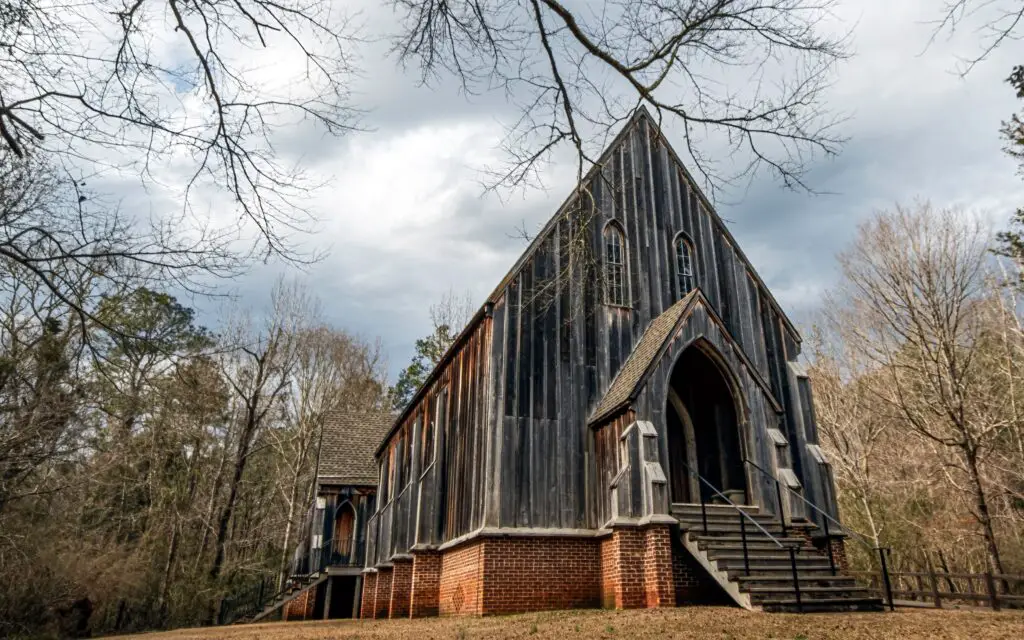
Cahawba, once Alabama’s first state capital, was abandoned in the late 1800s, and its ruins remain one of the state’s most intriguing historical sites. Founded in 1819, the town had a promising future as a thriving center for trade and politics. However, flooding along the Alabama River caused significant damage, making it uninhabitable. By the time the capital was moved to Montgomery, Cahawba was already in a steep decline.
Today, the ghost town is preserved as the Old Cahawba Archaeological Park, but little else remains of its once-vibrant existence. What’s left are traces of buildings, roads, and a cemetery, which tell a story of a town that was swept away by nature and time. Visitors to the site can still feel the echoes of its past in the decaying remnants of a forgotten community.
2. The Abandoned Town of Centralia, Pennsylvania
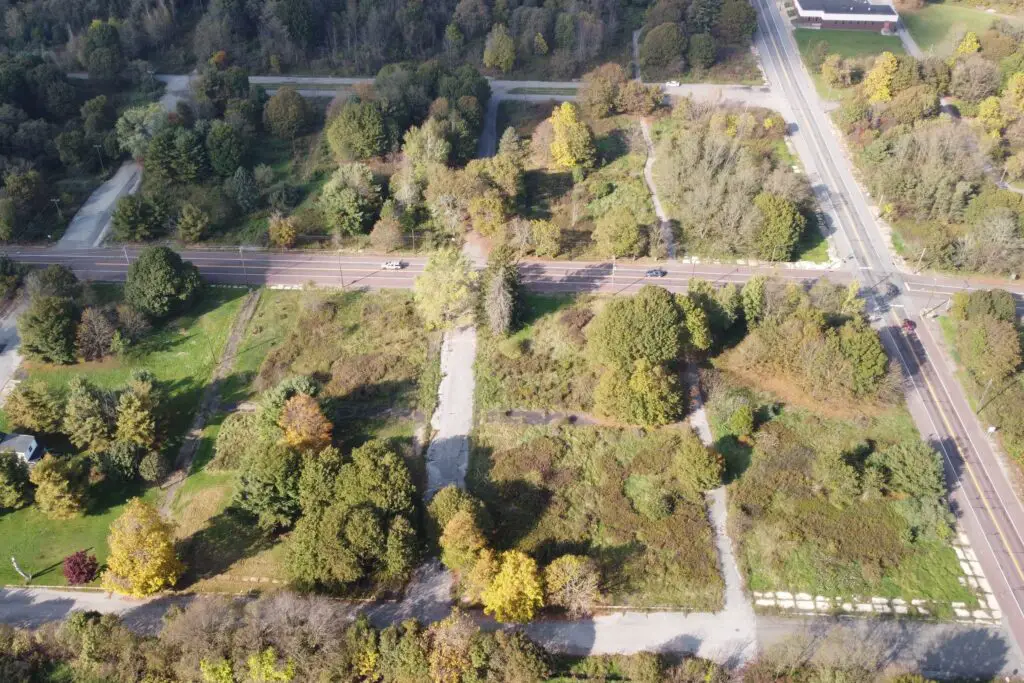
Centralia is one of the most famous examples of a town that vanished due to an environmental disaster. In the 1960s, a fire started in the town’s underground coal mines, eventually spreading out of control and burning beneath the town for decades. As the fire spread, the ground began to collapse, causing dangerous sinkholes and releasing toxic gases into the air, making the area uninhabitable.
By the 1980s, most residents had been forced to evacuate, and the government eventually condemned the town. Today, Centralia is a ghost town, with only a handful of people still living in the area, despite being ordered to leave. The eerie, smoke-filled landscape and abandoned roads serve as a chilling reminder of how environmental disasters can erase entire communities.
3. The Vanished Town of Johnstown, Colorado
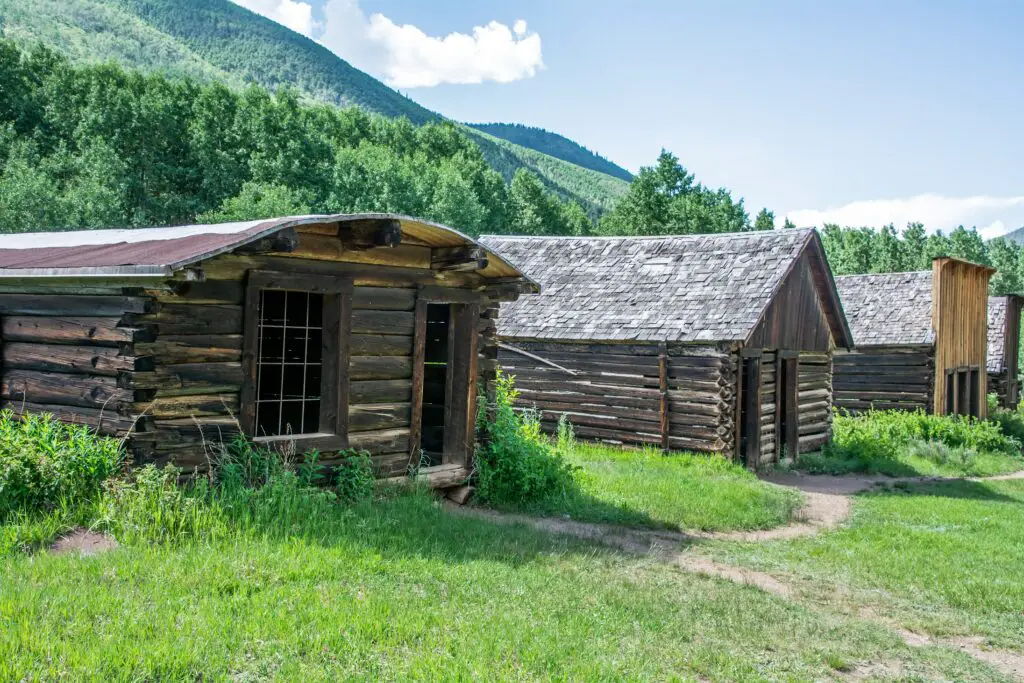
In 1870, Johnstown was founded as a small farming community in Colorado. The town thrived for many years, but its location along the banks of the Cache la Poudre River made it vulnerable to flooding. In 1920, a massive flood devastated Johnstown, washing away much of the town and leaving it largely abandoned.
Though some of the buildings were rebuilt, the flood had irreversibly altered the town’s character and economy. Over time, most residents relocated, and Johnstown slowly faded from memory. Today, what remains of Johnstown is a small neighborhood surrounded by farmland, but the town’s legacy of resilience is still felt by those who know its story.
4. The Forgotten Town of Orson, Utah
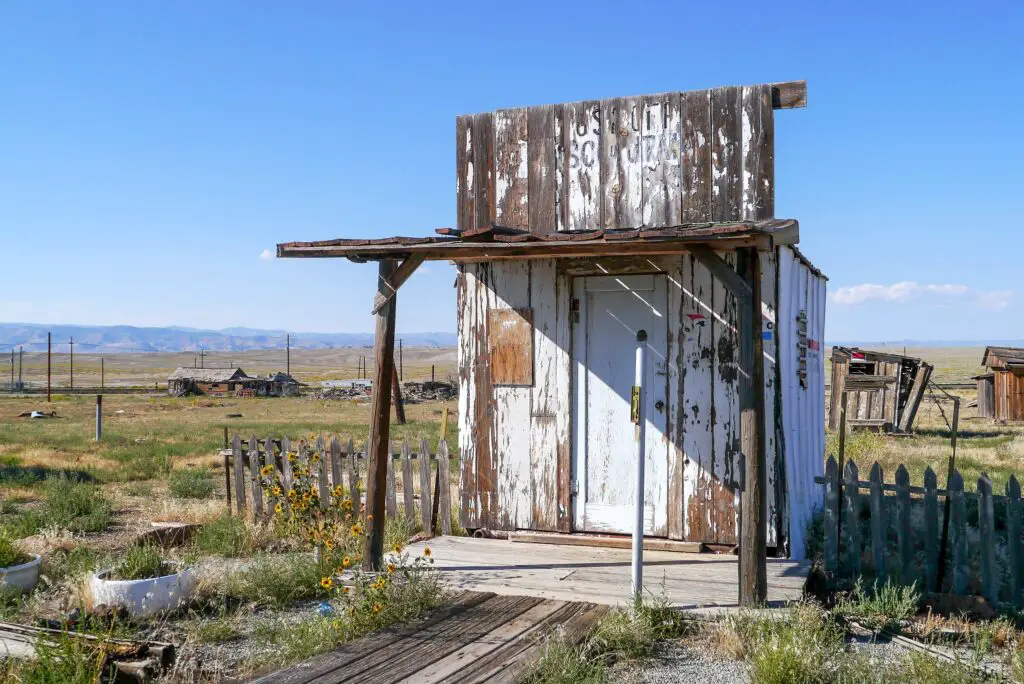
Orson, Utah, was founded in the 1860s as a mining town that saw prosperity for a brief period. Named after Orson Hyde, a prominent figure in Mormon history, the town attracted workers for its nearby mining operations. However, when the mines ran dry, the town’s economy crumbled, and most of its residents left.
By the 1880s, Orson was largely deserted, and its remaining inhabitants moved to nearby cities. Today, all that’s left of Orson are a few decaying structures and a faint outline of where the town once stood. What remains is a poignant reminder of the impermanence of frontier towns that thrived on mining booms but quickly withered when resources were exhausted.
5. The Hidden Ghost Town of Ruby, Arizona
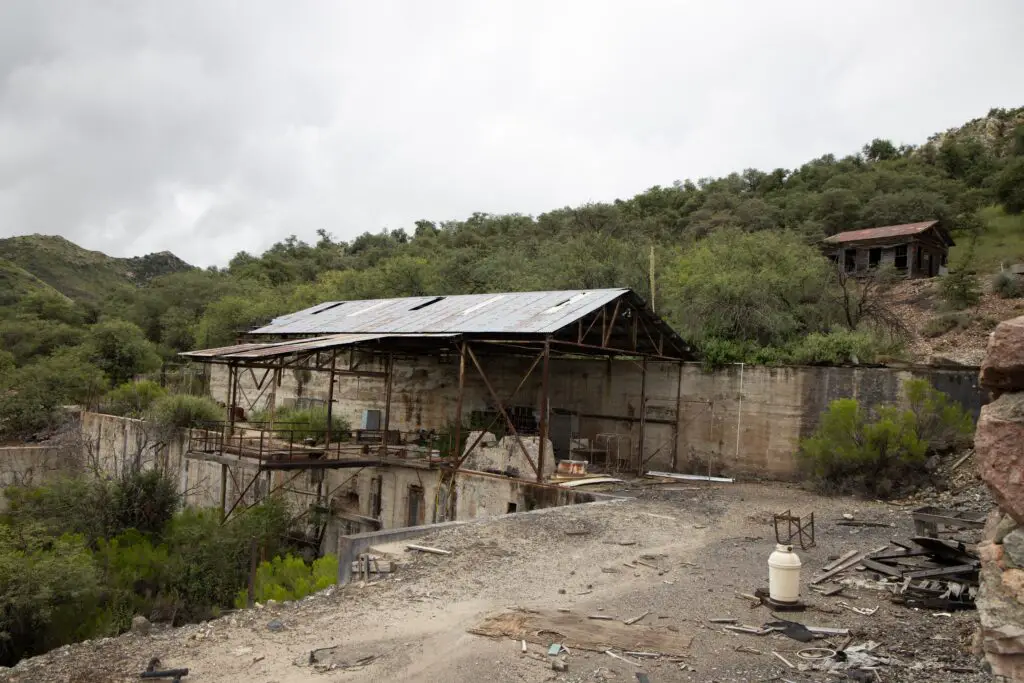
Ruby, Arizona, was a once-bustling mining town located near the Mexican border. Established in the late 1800s, it became a hub for silver and copper mining, drawing in thousands of workers. At its peak, Ruby had a population of around 1,200 people, complete with a school, post office, and saloon.
However, the mine’s closure in the early 1940s marked the town’s downfall. With no jobs left and no infrastructure to support the remaining residents, Ruby was abandoned. Today, the town is a forgotten relic, with only the skeletal remains of buildings, mining equipment, and the occasional ghostly whisper of its former life still lingering in the air.
6. The Lost Town of Animas Forks, Colorado

Animas Forks, located in the San Juan Mountains, was founded during the Colorado Gold Rush in the late 1800s. At its height, the town boasted several hundred residents, including miners, their families, and merchants. It was a bustling, isolated community that thrived on the wealth produced by the nearby silver mines.
As the mines began to deplete and the railroad bypassed Animas Forks, its population dwindled, and by the early 20th century, the town was abandoned. The remains of Animas Forks are now a popular tourist attraction, offering a haunting glimpse into the harsh realities of life in a mountain mining town. With its picturesque setting against a rugged landscape, Animas Forks remains one of Colorado’s best-preserved ghost towns.
7. The Disappeared Town of DuPont, Washington

DuPont, Washington, was once a thriving company town built around the DuPont gunpowder factory in the early 1900s. The town was home to workers and their families, and the factory played a vital role in producing explosives for the military. However, as the military contracts began to fade in the 1940s, DuPont’s once-booming economy started to crumble.
By the 1960s, DuPont was effectively a ghost town, with the factory’s closure marking the end of the town’s significance. Today, DuPont has been absorbed into the neighboring city of Tacoma, and its history has largely been forgotten. Yet, the remnants of the old factory still sit on the outskirts, a quiet reminder of the industrial boom that once gave life to the town.
